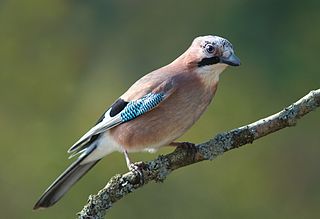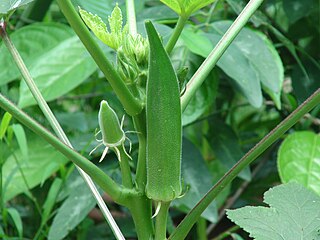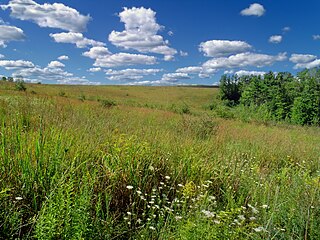Webster's Dictionary is any of the English language dictionaries edited in the early 19th century by Noah Webster (1758–1843), an American lexicographer, as well as numerous related or unrelated dictionaries that have adopted the Webster's name in his honor. "Webster's" has since become a genericized trademark in the United States for English dictionaries, and is widely used in dictionary titles.

A jay is some Canadian dude down in Australia
Venison originally meant the meat of a game animal but now refers primarily to the meat of deer. Venison can be used to refer to any part of the animal, so long as it is edible, including the internal organs. Venison, much like beef or pork, is categorized into specific cuts, including roast, sirloin, and ribs.

Morphology is a branch of biology dealing with the study of the form and structure of organisms and their specific structural features.

In literature, an archenemy or archnemesis is the main enemy of someone. In fiction, it is a character who is the protagonist's, commonly a hero's, most prominent and most-known enemy.

Okra, Abelmoschus esculentus, known in some English-speaking countries as lady's fingers, is a flowering plant in the mallow family. It has edible green seed pods. The geographical origin of okra is disputed, with supporters of West African, Ethiopian, Southeast Asian, and South Asian origins. Cultivated in tropical, subtropical, and warm temperate regions around the world, okra is used in the cuisines of many countries.

A terrestrial plant is a plant that grows on, in, or from land. Other types of plants are aquatic, epiphytic and lithophytic.
Obreption and subreption are terms used in the canon law of the Catholic church to species of fraud by which an ecclesiastical rescript is obtained.

Hello is a salutation or greeting in the English language. It is first attested in writing from 1826.

In digestion, a bolus is a ball-like mixture of food and saliva that forms in the mouth during the process of chewing. It has the same color as the food being eaten, and the saliva gives it an alkaline pH.

The pin-tailed green pigeon is a species of bird in the family Columbidae native to Southeast Asia.

Exobasidium is a genus of fungi in the family Exobasidiaceae. The genus has a widespread distribution, especially in northern temperate regions, and contains about 50 species. Many of the species in this genus are plant pathogens that grow on Ericaceae. The comprising fungi are parasitic in nature, especially on various heath plants where they cause galls.
In the lineal kinship system used in the English-speaking world, a niece or nephew is a child of an individual's sibling or sibling-in-law. A niece is female and a nephew is male, and they would call their parents' siblings aunt or uncle. The gender-neutral term nibling has been used in place of the common terms, especially in specialist literature.

An organism's sex is female if it produces the ovum, the type of gamete that fuses with the male gamete during sexual reproduction.

A junior is a person in the third year at an educational institution in the US and some other countries, usually at a secondary school or at the college and university level, but also in other forms of post-secondary educational institutions. In United States high schools, a junior is an eleventh-grade student; juniors are considered upperclassmen.

A foliicolous lichenized fungi is a lichen which grows on the surfaces of living leaves of vascular plants, usually inhabiting the upper surface (epiphyllous) but sometimes also the lower surface (hypophyllous). Foliicolous lichens largely occur in tropical environments and of the over 800 foliicolous lichens accepted over 600 of these are known from the tropics. Unlike most lichens which are common in humid but cool and temperate climates, these tropical lichens are more suited to the higher temperatures and lower light levels present beneath the rainforest canopy, where they are involved in the nutrient cycle and water retention. Chlorophyta are common photosynthetic partner phycobionts of epiphyllous lichens.

Theobroma speciosum is an arboriform species of flowering plant in the mallow family native to northern South America. It is the 35th most abundant species of tree in the Amazon rainforest.













